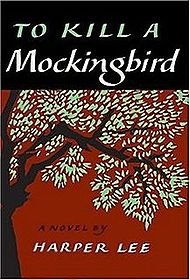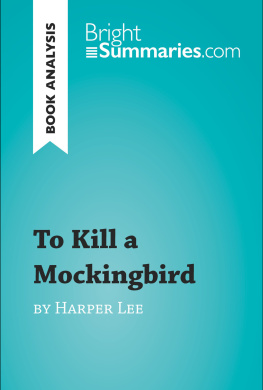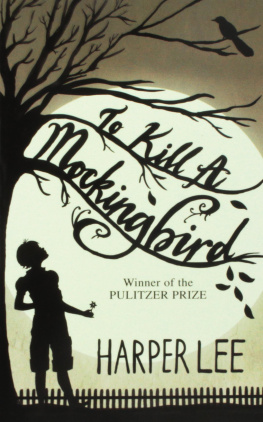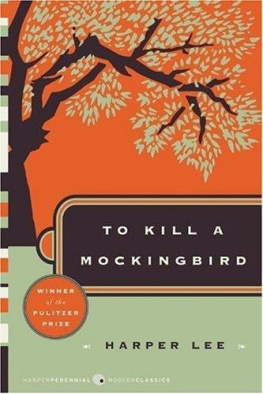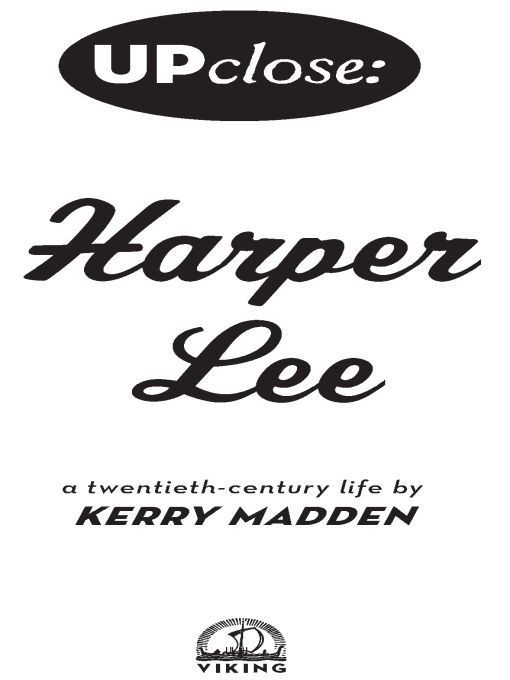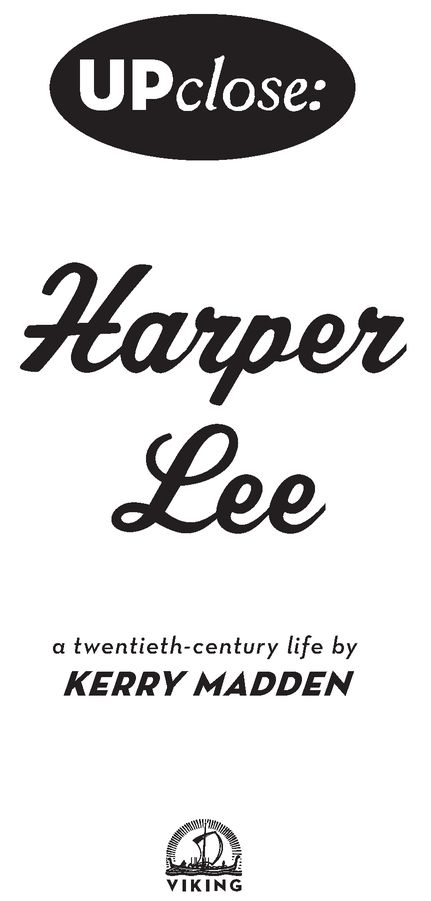Table of Contents
AVAILABLE UP CLOSE TITLES:
RACHEL CARSON by Ellen Levine
JOHNNY CASH by Anne E. Neimark
W. E. B. DU BOIS by Tonya Bolden
ELLA FITZGERALD by Tanya Lee Stone
BILL GATES by Marc Aronson
JANE GOODALL by Sudipta Bardhan-Quallen
HARPER LEE by Kerry Madden
ROBERT F. KENNEDY by Marc Aronson
THURGOOD MARSHALL by Chris Crowe
ELVIS PRESLEY by Wilborn Hampton
RONALD REAGAN by James Sutherland
BABE RUTH by Wilborn Hampton
JOHN STEINBECK by Milton Meltzer
OPRAH WINFREY by Ilene Cooper
FRANK LLOYD WRIGHT by Jan Adkins
FUTURE UP CLOSE TITLES:
THEODORE ROOSEVELT by Michael Cooper
For my sister, Keely, who fills my
life with stories and laughter
My needs are simple: paper, pen, and privacy.
HARPER LEE
Foreword
WHEN I WAS asked to write a young adult biography of Harper Lee for Vikings Up Close Series, I set out on the task of trying to contact her through her agent in New York and her oldest sister in Alabama. A colleague of mine who had recently met her sent a letter of introduction to her on my behalf. I also wrote at least ten drafts of my own letter to Miss Lee. Its a daunting task to write to such a beloved and passionately silent author, who has been known to respond Hell no! to interview requests. But I needed to make sure that Miss Lee knew about the biography before anybody else did. I wanted to tread with care and respect every step of the way.
When her reply came, it was short and succinct. She does not believe in biographies for those still living. She wrote, I may be old but Im still breathing. She closed the note wishing me the best, whether I pursued the project or not. It was disappointing, but certainly not unexpected. She hasnt granted an interview to discuss her work since 1964, and has even turned down Oprah. I thanked her and decided to continue with the book anyway. Harper Lees was a story I longed to write.
I grew up in football towns across the South and Midwest. My father was a college coach in search of the opportunity to win, so we picked up and moved often. Alabama football legend Bear Bryant was one of our familys patron saints. With each move, I searched for a sense of home, and I found it in books. One of my most cherished books was To Kill a Mockingbird. The first time I saw the film was on the big screen at the Tennessee Theatre in downtown Knoxville. Each time I reread the book or show my own children the film, I find home all over again. I can roam the streets of Harper Lees Maycomb and hear the voices of Jem and Scout and Dill calling to one another. I had a cousin just like sniveling cousin Francis. I beat up a boy like Cecil Jacobs.
My father even advised me to attend the University of Alabama, Harper Lees alma mater, in order to join the womens golf team, since I played on the boys team in high school. But I loved books and wanted to be an exchange student in England, so I didnt play golf in college. Though I did study in England for a year at Manchester University.
Harper Lee wrote in To Kill a Mockingbird: Real courage is when you know youre licked, before you begin, but you begin anyway and see it through no matter what. The more I began to work on her biography, the more those words began to haunt me. I realized I might very well be licked, with my subject not willing to talk and so little published about herexcept for one unauthorized biography. So to find real courage to write this book, I knew I needed to go to the heart of Harper Lee country. I wanted an understanding not just of the author but also of her home and the people who know her. It was the only way I knew how to write the story.
So in the spring of 2007, I attended the Alabama Book Festival in Montgomery, and then took 1-65 south to Highway 84 West, eventually arriving in Monroeville. My sister, Keely, came with me on the first trip to help with all the interviews and research. We went to the Old Courthouse Museum to research the archives and study newspaper clippings, press releases, and photographs. I made two more trips to Monroeville during the course of writing the book, for additional interviews, research, and school visits to do writing workshops with students as part of Alabama Voices.
On one of my research trips to Alabama, I took my nine-year-old daughter, Norah, and we arrived in Monroeville on an early Sunday evening in February. The old clock tower struck five on the town square while she raced around, gathering pink, red, and white camellias that had fallen on the grass. With her arms full of flowers, she stopped and said, This place is beautiful but its lonesome and sad too.
I came to think of Harper Lee as Nelle (pronounced nail in Monroeville), so in this book I refer to her as Nelle and occasionally Harper. As a girl, she hated it when people mispronounced her name Nellie, which was why she later chose to use her middle name, Harper, when To Kill a Mockingbird was published.
Many people refused to speak to me out of respect for Nelles privacy, but others did want to share their stories. We found classmates, colleagues, and even Miss Lees older sister, Miss Alice Finch Lee, age ninety-seven, whom we disturbed at work where she was reading a law brief. Alice Lee is one of the oldest working attorneys in the United States, and she still goes to the office three days a week. She calls her sister Nelle Harper, and she kindly declined to grant us an interview.
All week long, Keely and I walked the streets of Monroeville and drove the back roads along the Alabama River. In his book Alabama on My Mind, Wayne Greenhaw describes Alabama as a beautiful, remarkable, complex country.... Such names as Murder Creek, Burnt Corn community, Fort Mims massacre, Chief Red Eagle of the Creeks peppered conversations. The land was scarred with human tragedy.
At the Old Courthouse, we climbed the worn painted brown pine staircase to the oval-shaped courtroom, an exact replica of which was built for Atticus Finch to defend Tom Robinson in the movie version of To Kill a Mockingbird. We listened to the museum curator, Jane Ellen Clark, describe how some visitors walk inside and break down crying because of powerful memories evoked by the book and film.
The back-to-back interviews with the people of Monroeville lasted eight to ten hours a day, and what we came away with was a sense of Nelle Harper Lee as very much a regular person. She loves to fish and listen to gospel music in the little churches on the back roads of Alabama. She hates eggs, which was why she always skipped breakfast while a college student at the University of Alabama in the 1940s. She has great sea legs and enjoyed gourmet meals in the middle of a thunderstorm while sailing from England on the QE2 in the 1960s. She once waited for friends to meet her at the Russian Tea Room in New York City, sipping a martini and reading Eudora Welty. The evening later inspired a poem by Alabama author Wayne Greenhaw that begins, Miss Lee and I go dancing. She adores young people and will always take the time to talk to them and listen to their stories or answer their questions.


